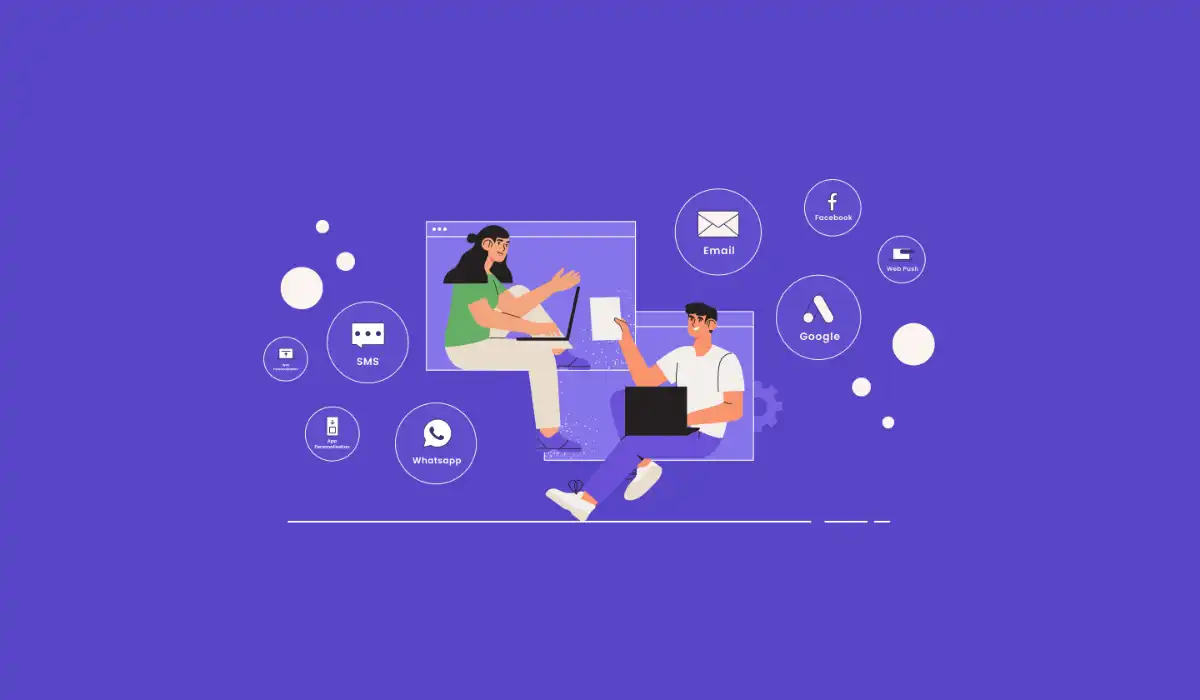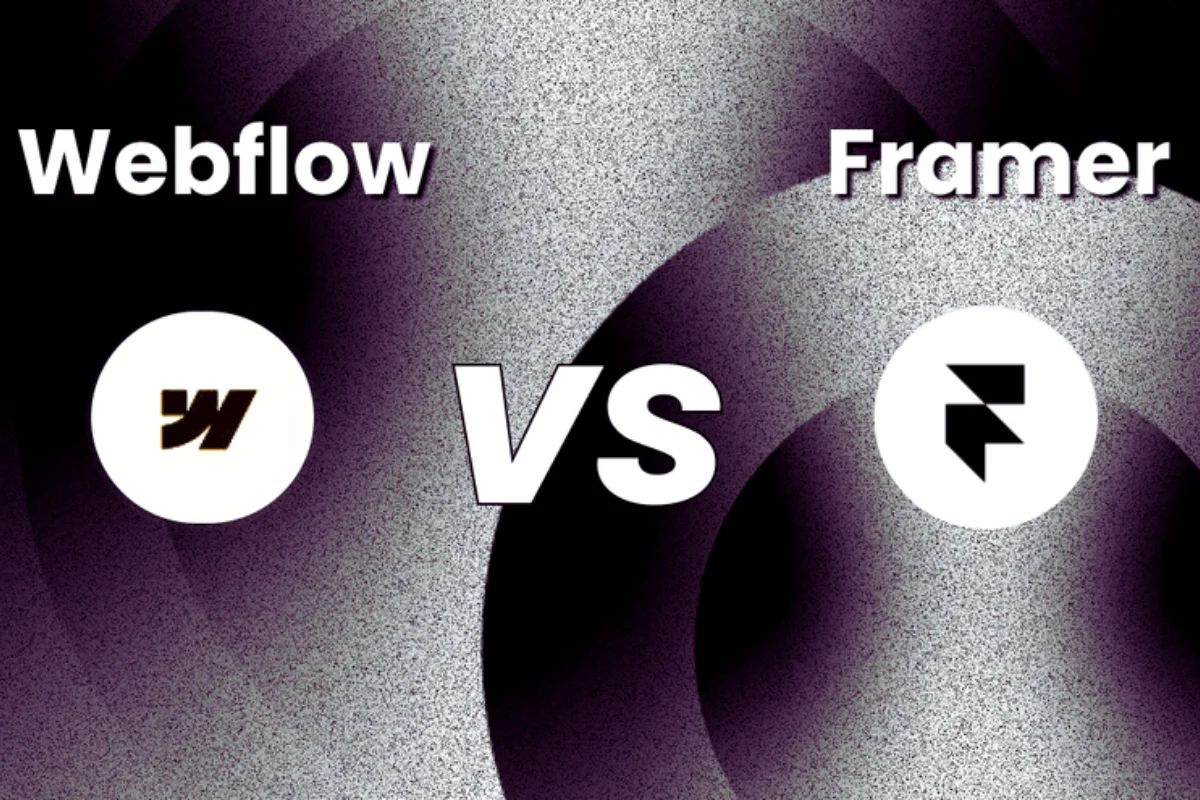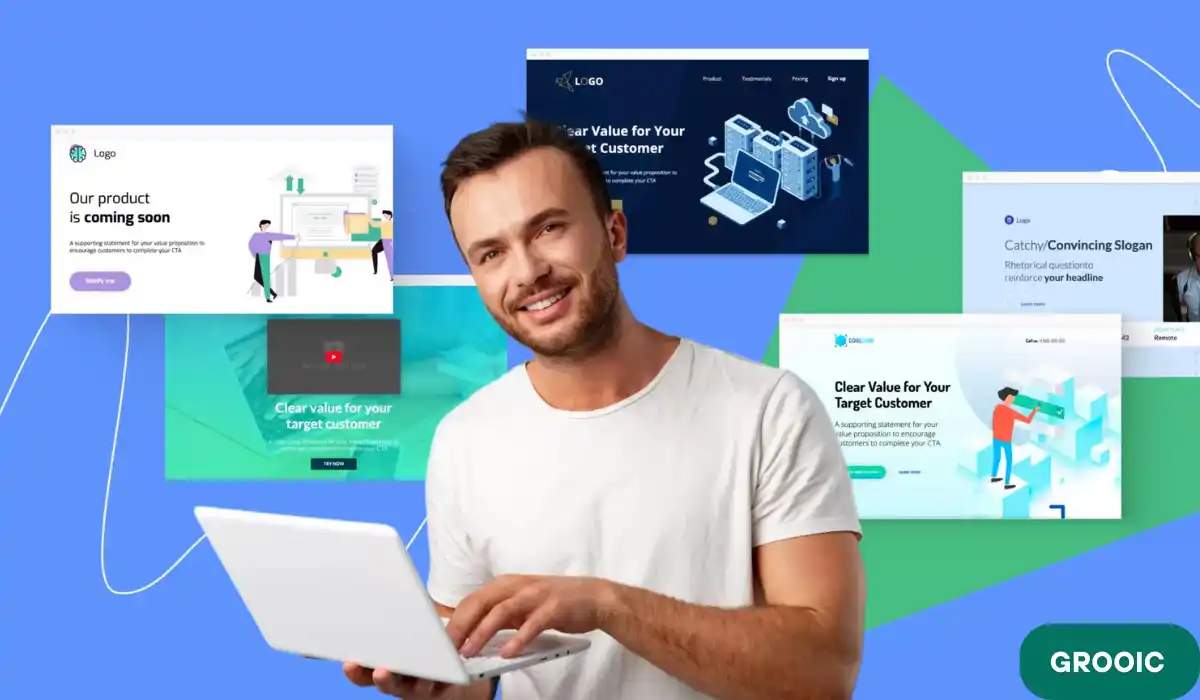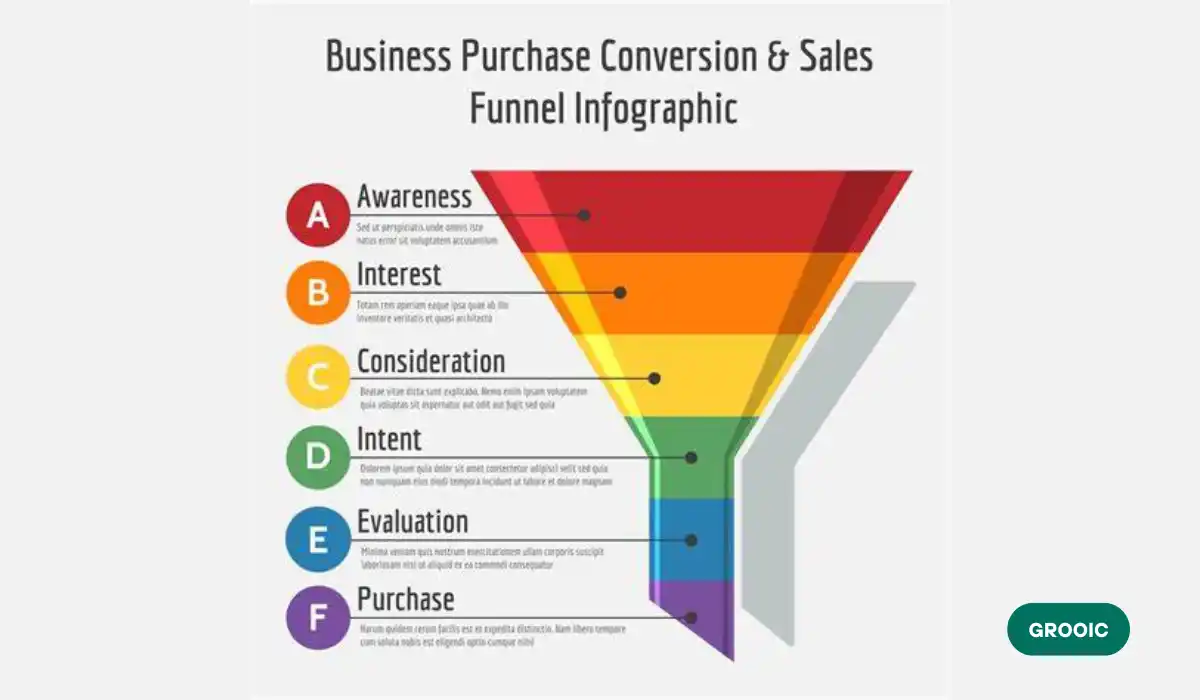Are you struggling to keep your B2B customers engaged and make them regular clients?
B2B customer engagement helps build long-term business relationships and bring sustained growth. By making,
- Deeper connections,
- Offering personalized experiences and
- By regularly interacting with your clients.
You can boost satisfaction and ensure continued success.
Table of Contents
B2B Customer Engagement
What is B2B Customer Engagement?
B2B customer engagement is when a business keeps talking to its customers and builds strong, long-lasting relationships with them.
To keep customers loyal and happy, you need to,
- Send them personalized messages,
- Give them useful material and
- Pay attention to their needs.
People can get involved in many ways. Such as,
- Email,
- Social media or
- Customer service.
How to Work with B2B Customer Engagement?
We can follow these 4 steps to grow our b2b customer engagement,
- Personalized Communication: Creating content and messages to specific client needs.
- Multi-channel Approach: Use a mix of platforms (email, social media, webinars) to engage clients.
- Content Value: Share content that solves problems or offers your brand as a trusted partner.
- Customer Feedback: Regularly ask for feedback to understand client needs. If you need to improve the service, then do it fast. Because someone will grab your space soon.
Tricks to Work with B2B Customer Engagement
Some most useful 4 tricks to get better b2b customer engagements,
- Segmentation: Bring your audience by industry or role for more personalized engagement.
- Automation: Use CRM and email automation tools for communication.
- Loyalty Programs: Reward repeat customers with discounts or early access to services.
- Webinars and Events: Engage clients with educational webinars or industry events.
Analytical Data
- Personalized emails: These types of emails have an open rate of 29%, higher than mass emails at 17%.
- Automated follow-ups: This improves lead conversion by 20% over manual methods.
- Webinars: This results in 70% attendee-to-lead conversion if we also do targeted follow-ups.
Pros and Cons of B2B Customer Engagement
| Pros | Cons |
| Builds stronger customer relationships | Requires consistent effort and resources |
| Increases customer retention and loyalty | Personalization can be time-consuming. |
| Improve brand trust and credibility | May not show immediate ROI |
| Encourages repeat business and referrals | Complex tools can add to operational costs. |
By using personalization and automation effectively, businesses can significantly boost engagement and conversions.
5 Tricks for Customer Engagement Ideas
Content
Activities like quizzes, polls, and surveys keep users engaged.
For example, through a quiz, we can ask customers which product best suits them. This can increase time spent on your site with better customer thought sharing. This will help to improve your service and products.
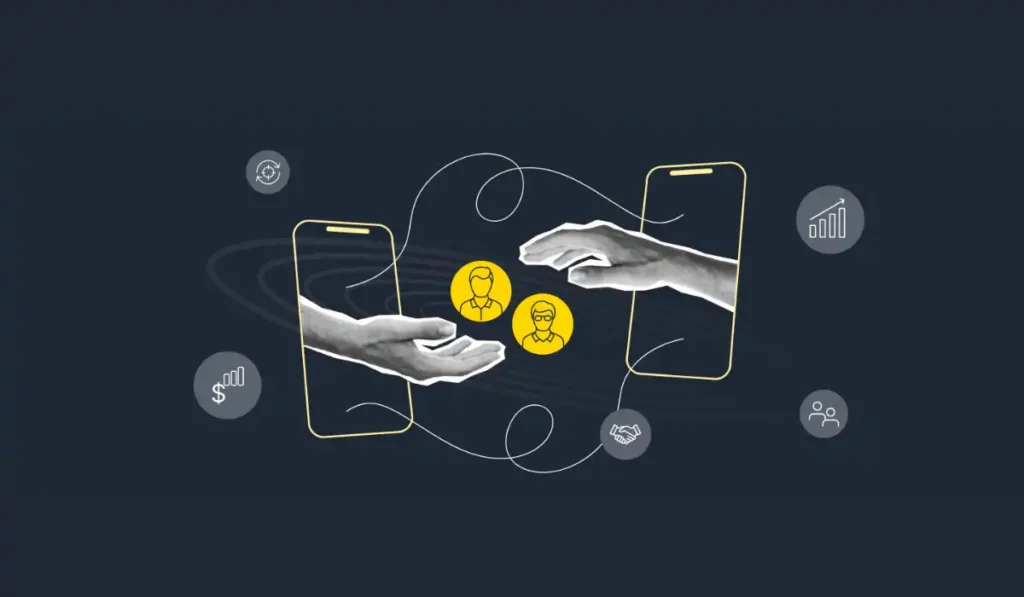
User-Generated Content (UGC)
Encouraging customers to share photos or videos of themselves using your product. This will increase engagement and trust.
Campaigns like “Share Your Style” (used by fashion brands) not only engage customers but also provide free, authentic content for marketing.
Loyalty Programs
Offering points, discounts, or rewards for repeat purchases keeps bringing consistent engagement.
Sephora’s “Beauty Insider” program, where customers earn points for purchases and redeem them for products, encourages them to become long-term customers.
Exclusive Offers
Providing VIP customers with exclusive,
- Early access to sales,
- New product launches or
- Events make them feel valued.
This improves customer connection. Brands like Nike regularly offer members-only sales to keep their audience excited and engaged.
Personalised Emails
Email campaigns tailored to customer behavior increase engagement.
For example, sending birthday discounts, product recommendations based on past purchases, or personalized thank-you emails can bring conversions and improve relationships.
5 Customer Engagement Models Used by Successful Companies
Amazon, Personalised Recommendations
Amazon uses advanced algorithms to recommend products based on a customer’s browsing history and previous purchases. This model has significantly boosted engagement, as personalised suggestions to customer preferences make them feel valued and understood.
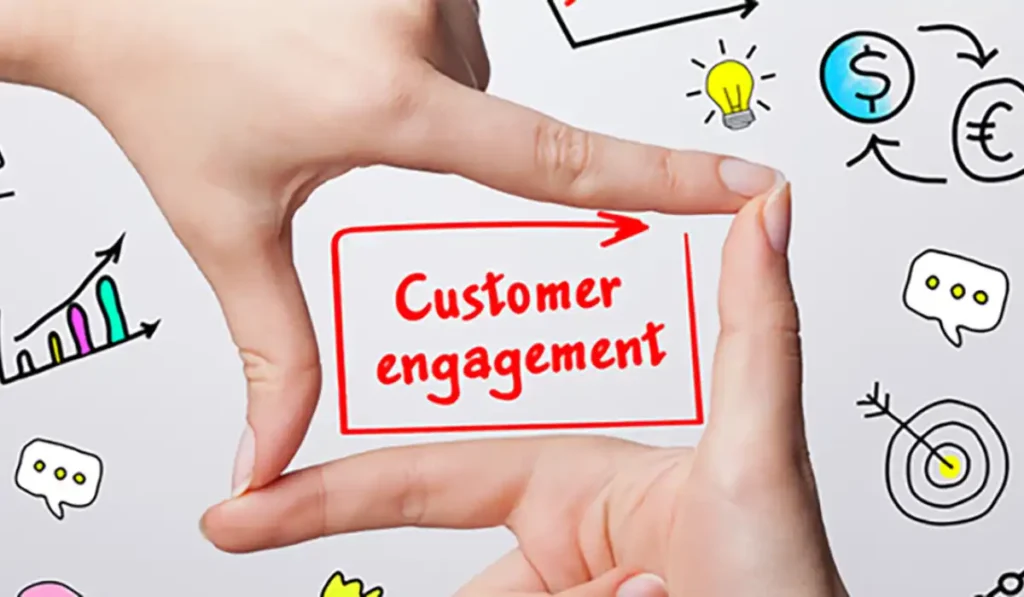
Starbucks Rewards Program
The Starbucks Rewards program encourages customers by offering free drinks, special offers, and birthday treats.
Users can order through the app, earn points (“stars”), and redeem rewards.
This loyalty program creates an engagement loop and increases brand interaction.
Apple, Community Engagement
Apple engages through events like “Today at Apple,” which offers free classes and workshops in their stores.
Apple also builds an online community where users can interact and share experiences, providing a personalized customer journey and maintaining ongoing relationships beyond the initial purchase.
Nike, user-generated content
Nike encourages customers to share their experiences through campaigns like “Nike Run Club” and the “Just Do It” social media movement.
By engaging customers in challenges and encouraging them to post their progress, Nike creates a sense of community. Deeper emotional connections with the brand.
HubSpot, Educational Content
HubSpot’s approach focuses on offering valuable educational resources like webinars, eBooks, and tutorials to engage their customers.
By providing informative content that customers really need, HubSpot makes them a trusted advisor. This model not only engages customers but also improves their overall experience by delivering value before, during, and after purchase.
Analytical data on tactics
- Loyalty programs increase customer connection by up to 50% and customers in a loyalty program spend 12-18% more annually.
- Personalized emails have a 29% higher open rate than mass emails.
- User-generated content campaigns result in 28% higher engagement compared to brand-generated content.
- Interactive content can increase time on site by 47%, improving overall customer satisfaction.
- Exclusive offers result in a 10-15% boost in conversion rates, especially among returning customers.
B2B Customer Acquisition Strategy
Brand development encompasses marketing as well as communication and sales. It comes with the manpower shift sales development strategies and the B2B (business-to-business) customer acquisition efforts.

Account-Based Marketing (ABM)
A very particular marketing strategy focuses on the target big fish only to make special preparations for each account separately. It ensures that each message is targeted and is more likely to result in a sale.
Search Engine Optimisation (SEO)
SEO entails different strategies, which include improving search engine ranking on target words in relation to the industry to increase site traffic, which in most cases has a better conversion rate.
Conversion Rate Optimisation (CRO)
The process of improving your website or marketing strategies to increase the percentage of visitors who take a desired action, such as making a purchase or signing up.
Lead Nurturing
Where follow-ups are tailored to lead with distant goals while marketing automation tools are used on mass emails. In other words, within the communication during email marketing automation processes just executed, why not its effectiveness?
Partner Marketing
Collaborating with other companies in your ecosystem allows you to reach new clients. Strategic partnerships can give you access to their customers, expanding your reach.
LinkedIn and social media ads
Narrow segments of attention-grabbing EP deliver few of them. B2B customer acquisition is understood as marketing aiming efforts of an organization on a particular business and its decision-makers for the sake of building relationships for a long time.
B2B Client Acquisition
B2B client acquisition involves changing leads into loyal clients by delivering unique benefits. Different approaches include:
- Targeted Outreach: Reaching out directly via telephone and email to primary decision makers after establishing the needs of the business.
- Customer Relationship Management (CRM) Tools: Implementing CRM systems helps organize communication with potential business contacts and schedule sales representatives who would call these leads.
- Webinars and Events: Target webinars and virtual events to present your credibility, and your prospects’ education, and engage your audience.
- Freemium Model or Free Trials: Providing free trials of building contractor services to prospective clients gives them an opportunity to appreciate the product, which makes engagement in the paid version easy.
- Case Studies and Success Stories: Giving well-detailed case studies alongside customer testimonials showing how people in similar industries benefitted from your offerings serves to promote persuasiveness.
Pros and Cons of B2B Customer Acquisition Strategies
| Strategy | Pros | Cons |
| Account-Based Marketing | A personalised approach increases conversion rates. | Time-intensive, requires detailed research and resources. |
| Content Marketing | Builds authority and trust with potential clients. | It takes time to generate leads; results aren’t immediate. |
| Referral Programs | High trust and low acquisition costs often lead to high-quality referrals. | Reliant on satisfied customers; difficult to scale. |
| SEO | Drives organic, long-term traffic at a low cost. | It requires consistent effort; results may take months to materialise. |
| Webinars/Events | Positions you as an expert; fosters direct engagement with prospects. | It requires significant preparation and marketing to attract attendees. |
| LinkedIn/Social Ads | Targeted approach to reach decision-makers. | High competition and cost; ads need to be finely tuned for best results. |
These strategies and tactics, when used in combination, can create an effective B2B acquisition process. Tailoring the approach to each business’s specific needs will maximise effectiveness.
Types of B2B Clients
Small Businesses
A small business response tends to be more agile in nature. However, it has normally small budgets and hasn’t worked with very costly solutions.

Mid-Sized Enterprises
Such businesses have an average budget and target solutions that can grow. Most of the time, they have set requirements that need to balance the price and the quality.
Transform your business with B2B customer engagement strategies designed to deepen relationships, improve loyalty, and bring growth. For this, a better landing page is best to go.
Large Corporations
The common trend among large corporations is that they usually work with big budgets, but they tend to request very long-term relationships coupled with an enormous amount of nurturing and compliance with all necessary industry processes.
Government or Public Sector
Such clients are likely to be highly governed in terms of regulation and compliance. Also, contracts are usually big but are accompanied by long lead times and strict rules for government procurement.
Non-Profit Organisations
Most non-profits focus on cutting costs and seek partners whose interests are focused on theirs. Non-profits are capable of working on short-term budgets but have prospects for long-term collaboration.
Types of B2B Customers
Transactional Customers
Such customers only focus on the price and the instant benefits they can have. They might as well change the vendor often if they come across a better one.

Relationship-Orientated Customers
Such customers are interested in long-term associations, trust, and service. They tend to be more loyal and prefer durable partnerships over time.
Value-Driven Customers
Such customers are looking for high-value solutions and do not mind spending more money if the ROI is significant.
Service-orientated Customers
Such customers are almost always in need of assistance from customer service. They expect quick answers, technical issues resolved, and a lot of explanations.
Innovative Customers
Such clients want state-of-the-art solutions and the providers who can give them those solutions. They want to be given things that would come with regular upgrades and new technologies.
How to Handle B2B Clients and Customers
Audience Specificity
Adjust your strategy according to the kind of client. Before offering any solution, it is wise to know the client’s requirements, budget constraints, and the industry they operate in.
Creating Bonds
Think of helping your clients with strategies that involve long-term collaborations with large and relationship-having clients. Repeat business in the form of check-ups, offers, and assistance.

Adaptability
Do not be rigid with small-scale or medium-sized companies, which may have tight budgets. Provide flexible solutions that will always complement coopted efforts at the appropriate time.
Legal Aspects
Work with government and large corporate clients legally and within the established standards of the industry. Always be ready for long procurement procedures.
Value Proposition
Work with value-adding and innovative clients on issues of return on investment and advanced solutions that they expect. Promote the benefits accrued from your servicing in the long term.
Types of B2B clients and how to handle them
| Type of B2B Client | Characteristics | How to Handle |
| Small Businesses | Quick decisions, budget-sensitive. | Offer cost-effective, scalable solutions; be flexible with pricing. |
| Mid-Sized Enterprises | Moderate budgets, specific needs, scalable solutions. | Focus on balanced solutions; show growth potential. |
| Large Corporations | High budgets, lengthy decision processes, multiple stakeholders. | Build trust; provide comprehensive support; ensure compliance with regulations. |
| Government/Public Sector | High budgets, lengthy decision processes, and multiple stakeholders. | Follow strict guidelines; be patient with procurement delays. |
| Non-Profit Organisations | Mission-driven, budget-conscious. | Align with their mission; offer cost-efficient solutions with long-term value. |
Handling different types of B2B clients effectively requires personalized attention and an understanding of their unique challenges and goals.
B2B Customer Retention
Customer Success Programs
Use customer success teams who work with the customer to reach their goals. In this manner, clients are sure to derive value from your solutions, reducing turnover.

Subscription Renewal Management
In subscription-based businesses, there is always an active task that encourages active management of renewals and waiting for concerns to be addressed after they are overdue, which is very risky.
Regular Product Updates
Updating the product on a regular basis, for example, by introducing new features or making some improvements, indicates that you want to change according to the objectives of the client.
Case Studies and Success Stories
Demonstrating how your solution has helped other clients will be of great value to the clients you have, as their trust in you will increase due to the partnership they have with you.
B2B Customer Retention Strategies
Personalized Customer Support
Render solutions complete with the availability of account managers to focus on the particular needs of their customers. Personalization of the customer breeds pleasure and loyalty to the customer.
Ongoing Communication
A good means of achieving a solid relationship with clients is maintaining contact, especially after emails through business follow-up telephone calls and business meetings.
Outgoing calls can be made to such clients with the possibility of coming up with some fruitful issues in the future.
Loyalty Programs
The use of loyalty programs or even providing discounts to repeat customers or clientele makes their relations stronger, thus attracting more earnings for a prolonged period.
Educational Resources
Providing such activities as webinars, and tutorials along with white papers helps showcase authority and assist clients to tackle issues that would compel them to stick around.
Feedback and Continuous Improvement
Collecting feedback from clients regularly and acting on it helps enhance the quality of service delivery. When a company receives comments from the customers, it makes sure that those remarks are acted upon.
Engagement in Marketing
Email Campaigns
Targeted email marketing endeavors help to keep the clients updated and engaged. Statistics indicate that such emails have an open rate of 29% higher than those that do not.
Webinars and workshops
In whichever category you may fall, conducting educational webinars or workshops that are structured on familiarity with your brand helps to draw potential clients in by providing informative content.
The average sign-up rate for webinars is 61%, while 70% of these attendees convert into leads.
Referral Incentives
Programs focused on providing help to referrals increase the retention of customers. Referral marketing returns customers with 37% more retention than non-referral customers.
Analytical Data on B2B Customer Retention & Engagement
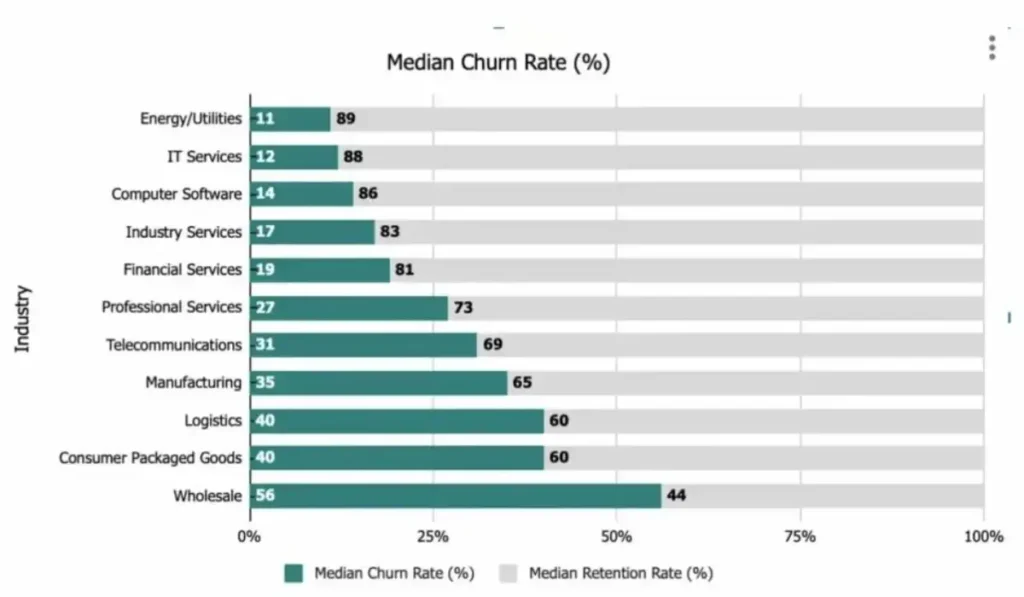
- Customer Retention Increases Profits: A 5% increase in customer retention can boost profits by 25%-95%.
- Cost of Acquisition vs. Retention: It costs 5- 7 times more to acquire a new customer than to retain an existing one.
- Email Engagement: Personalised emails boost engagement rates by 29%.
- Loyalty Programs: Clients in loyalty programs are 12-18% more likely to stay long-term.
- Webinar Success: Webinars lead to a 70% conversion from attendees to leads, making them a highly effective engagement tool.
B2B Customer Retention & Engagement Strategies with Analysis
| Strategy | Benefit | Analytical Data |
| Personalised Customer Support | Builds strong, long-lasting relationships with clients. | Companies using personalised support have a 30-40% higher customer satisfaction. |
| Regular Communication | Proactively addresses customer concerns, reducing churn. | Businesses with regular client touchpoints retain 50% more customers. |
| Loyalty Programs | Encourages repeat business and increases customer lifetime value (CLV). | Loyalty programs increase retention rates by 12-18%. |
| Webinars & Workshops | Provides ongoing value and positions the company as an industry expert. | Webinars lead to a 70% conversion rate from attendees to qualified leads. |
| Referral Programs | Leverages existing customers to drive new business and retain current ones. | Referral programs have a 37% higher retention rate compared to other client acquisition methods. |
Effective retention strategies, combined with active engagement methods like webinars and support, are crucial for maximizing B2B customer loyalty and profitability.
At The End
In conclusion, B2B customer engagement is important for long-term loyalty and business growth. By implementing best practices such as,
- Personalized communication,
- Offering value-driven solutions and
- Using data to understand client needs.
Businesses can build stronger relationships. Prioritizing engagement leads to increased satisfaction, trust, and retention, ensuring sustainable success in competitive markets.
Are you ready to improve your B2B customer engagement strategy?
FAQs
How do you measure customer engagement in B2B?
Customer engagement in B2B is measured through KPIs like,
1. Website traffic,
2. Email open rates,
3. Social media interactions and
4. Content downloads.
Tracking customer feedback, participation in webinars and the duration of visits to the site helps too.
Regular engagement with your support or sales teams and repeat purchases are strong indicators of customer involvement.
What are the KPIs of B2B customers?
Key KPIs for B2B customers include,
1. Customer acquisition cost (CAC),
2. Customer lifetime value (CLV),
3. Lead conversion rate and
4. Churn rate.
Engagement metrics such as email click-through rates and the number of qualified leads are also important. Sales cycle length and customer satisfaction help to track B2B performance.
What are the 4 pillars of B2B marketing?
The four pillars of B2B marketing are:
1. Brand positioning: how your brand is perceived.
2. Customer insights: Understanding customer needs.
3. Engagement strategies: Creating targeted campaigns.
4. Measurement and analytics: Tracking performance to optimize efforts.

